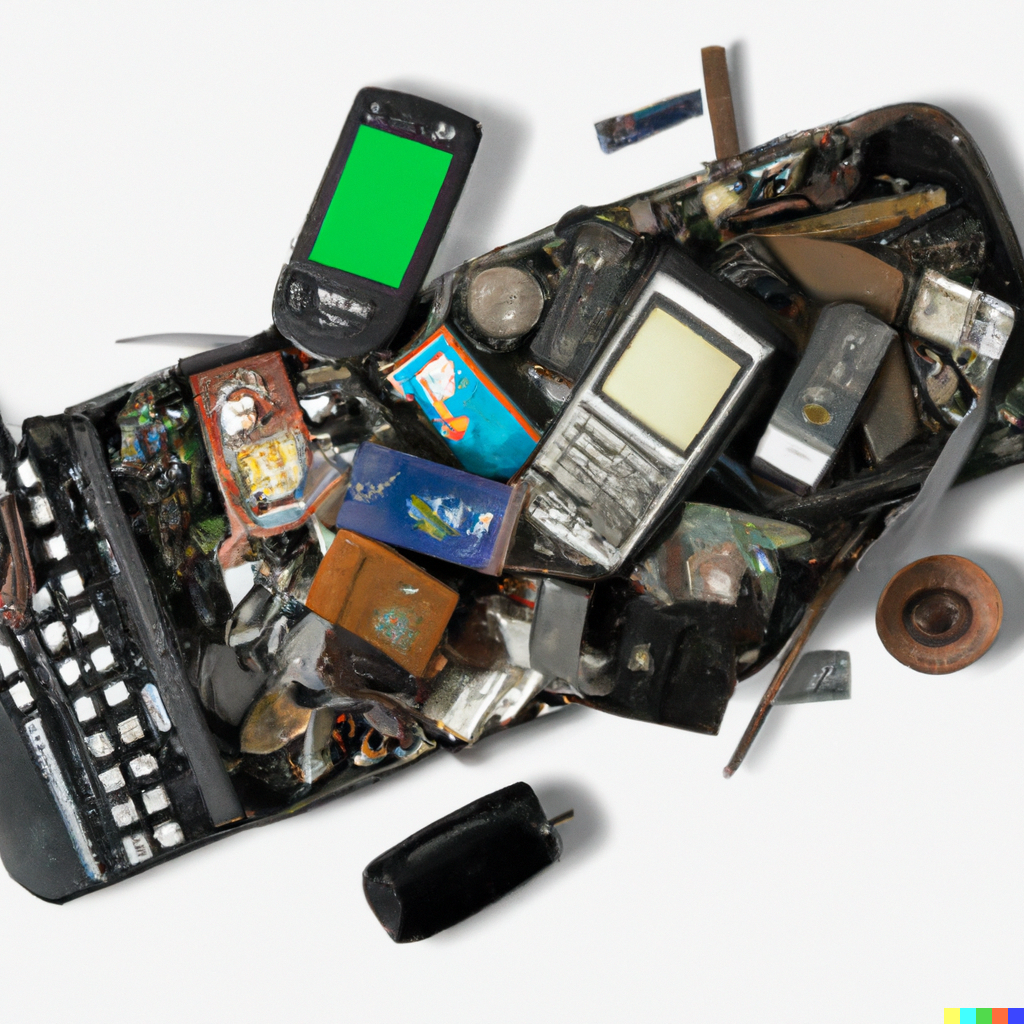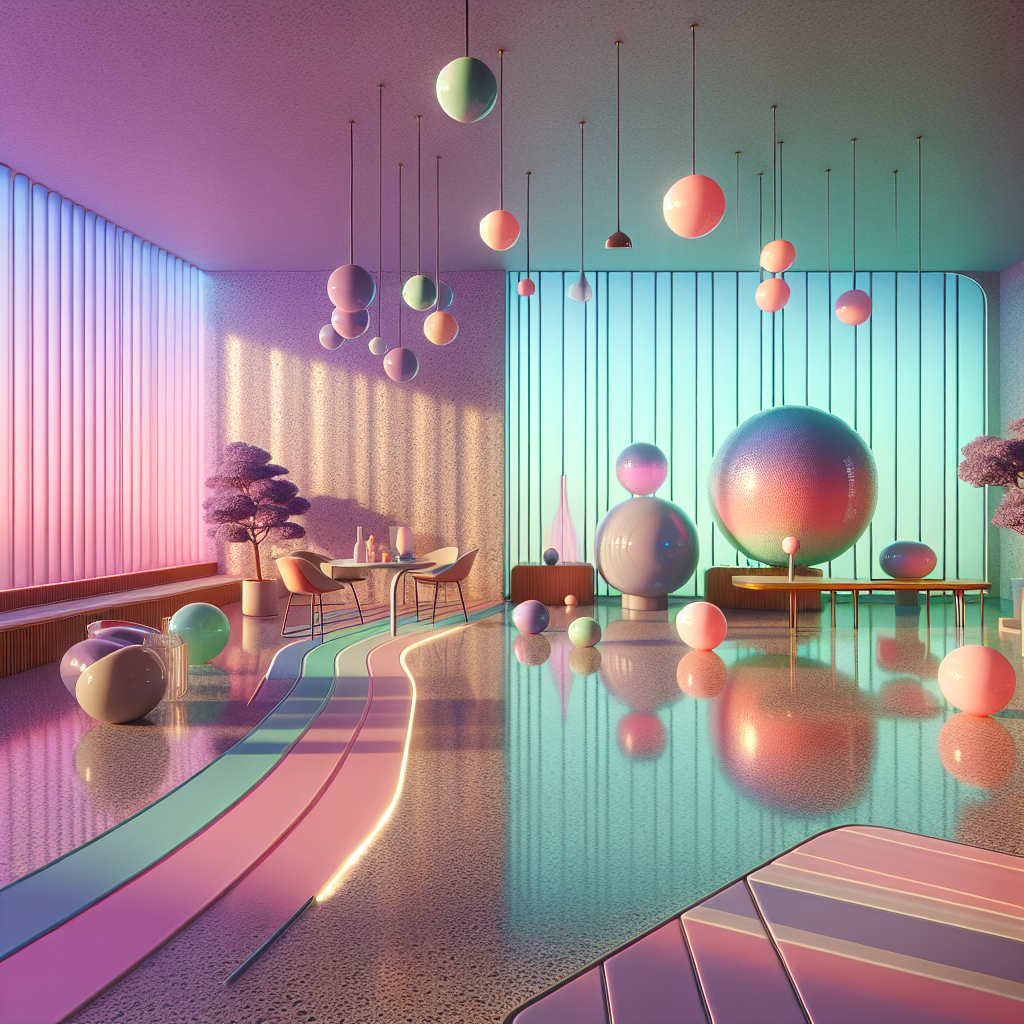Eternal Elegance: The Essential Role of Durability in Sustainable Design and Its Influence on Product Lifespan

The Story Beyond Purchase
An object of design, whether it’s a chair, a cup, or a building, has a story that often extends far beyond its purchase. This story begins with the extraction of raw materials, moves through the design and manufacturing processes, and ends in the hands of the consumer. Yet, there’s a critical aspect that often escapes our narrative: product lifespan.
The Overlooked Dimension of Sustainable Design
A subtle, overlooked dimension of sustainable design lies in the durability of a product. Indeed, the longevity of a product is pivotal to not only its environmental footprint but also to its aesthetic endurance. It’s this essential role of durability in sustainable design that merits further exploration.
Challenging the Throw-Away Culture
We live in an age where consumer products are ubiquitous, and so are the waste products they inevitably become. We’ve come to accept the “throw-away culture” that accompanies our modern lifestyles. This approach directly counters the principles of sustainable design, which emphasizes a product’s full lifecycle and promotes the long-term stewardliness of our resources.
Durability as a Cornerstone
Strikingly, an innovative mindset is gradually gaining momentum, challenging the status quo. This approach looks beyond the minimalist ‘less is more’ ethos, and, in a bid to extend the product lifespan, focuses on durability as a cornerstone of sustainable design.
The Circular Economy and Durability
The concept of durability integrates the sturdiness of an object and its ability to resist wear and tear. A durable product offers more than just extended use; it provides the potential for repair, refurbishment, and reuse. This potential is paramount to the circular economy model, a systemic approach to economic development designed to benefit businesses, society, and the environment.
The Symbolism of Timeless Design
Imagine, if you will, a piece of furniture—let’s say, a table. If designed with durability in mind, this table could potentially outlive its original owner, becoming a cherished heirloom passed down through generations. Such a table, crafted from renewable resources and constructed to withstand the test of time, symbolizes a poignant fusion of sustainable design and product longevity.
Nuanced Relationship: Durability and Aesthetics
The relationship between durability and aesthetics in sustainable design is nuanced. In today’s market, products often are designed with planned obsolescence in mind: an aesthetic lifespan that matches the product’s functional lifespan. Once a product is no longer fashionable, it’s discarded, even if it’s still functional.
The Timeless Appeal of Aging
Designers, though, can challenge this norm by creating products with a timeless appeal, leveraging the visual allure of the aging process. An aging product, if designed well, can develop a rich patina, deepening the bond between the user and the product. It’s a nod to the Japanese philosophy of wabi-sabi, which finds beauty in imperfection and transience.
Pioneering Examples
The design industry has witnessed some pioneering examples of such an approach. Consider Patagonia’s ‘Worn Wear’ program that encourages customers to repair their gear, or the Dutch brand Fairphone, which designs modular smartphones that users can easily upgrade or repair.
Questioning Consumption and Production
These initiatives don’t merely provide a blueprint for sustainable design but also question the fundamental premise of consumption and production in our society. The adoption of durability as a fundamental design criterion signifies a profound shift in values: from disposability to longevity, from obsolescence to sustainability.
Fostering an Ethos of Durability
There’s an imperative need to embed this paradigm shift into the design education and practice. The future of sustainable design depends on fostering an ethos of durability, on teaching designers to create not just for the now, but for the next, and the next after that.
A Social and Cultural Consideration
Incorporating durability in design isn’t just an environmental consideration; it’s a social and cultural one. By creating products with an extended lifespan, we don’t merely reduce waste; we reshape our relationship with the material world and cultivate a culture that values preservation over disposability.





